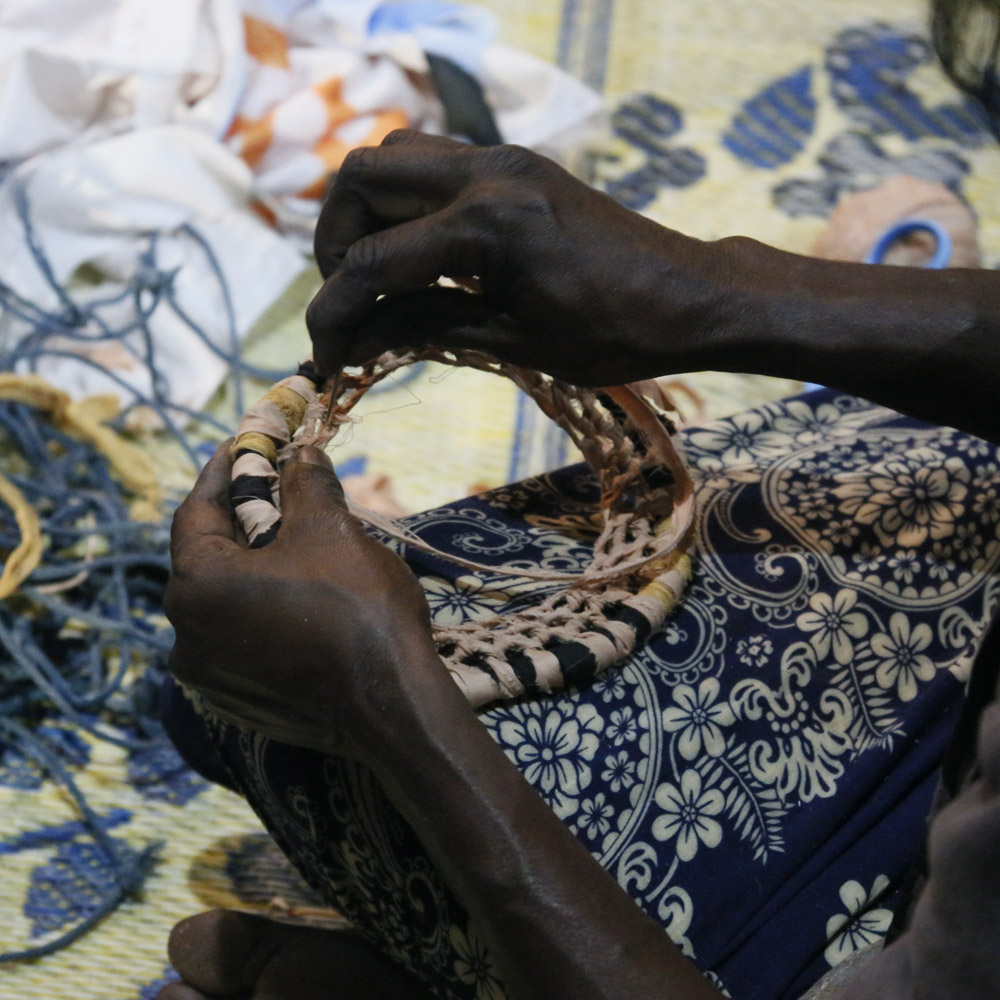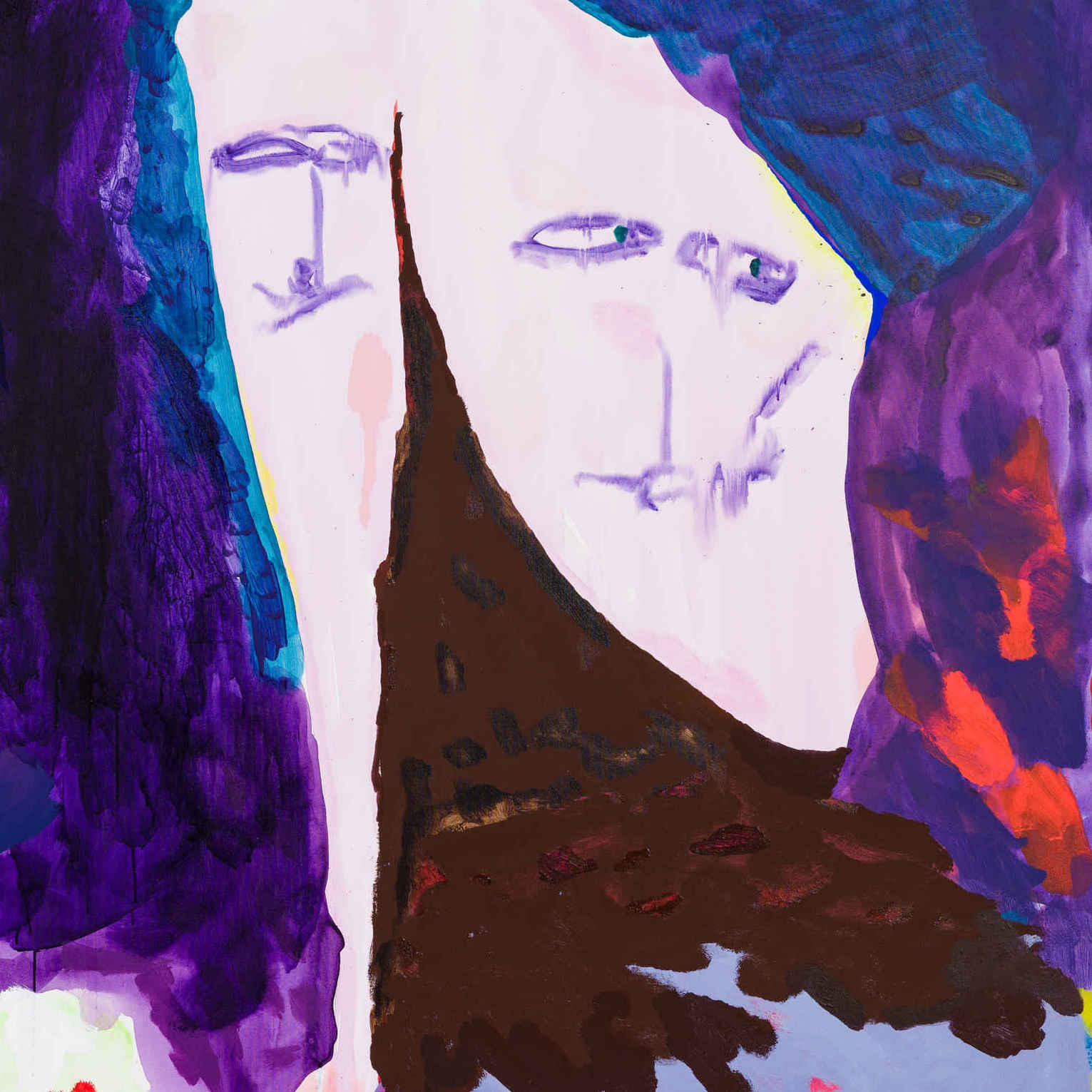Oliver Watts: Real Made Strange
Oliver Watts’ latest suite of seductive paintings explore spaces of retreat, sanctuary and exclusion in Sydney.
Words: Joseph Brennan
Photography: Nick De Lorenzo
“Do the rich retreat from the anxieties and violence of the masses?” Oliver Watts asks me as he charts the terrain to be covered in The Retreat, his latest show at Sydney’s Chalk Horse. The Retreat comprises large paintings of hard-to-access places that explore themes of identity, class and social politics. Watts says the show is based on images of sanctuary or calm nestled in pockets the city, and he places emphasis on those spaces only available to some. “I hope that the paintings will be immersive enough to make the viewer experience the spaces to some extent,” he says. “I often like to paint around a subject anyway and have no problem repeating an image.”
Spaces selected include the Marc Newson-designed Qantas lounges — where, as Watts so eloquently puts it “the rich buy silence and calm while in other areas of the airport it’s chaos” and the rooftop of the 6-Star Green Star building on Bligh Street in Sydney — where “maybe a Manet or Monet of today would have access to the rooftop to paint the trees in sunset”. As has been a feature of Watts’ work so far, some smaller images show the artist in the spaces painting. “The game, I guess, is whether the viewer feels the artist is included in the spaces that he paints,” he says.
Sydney-based Watts is also known as a curator, academic, as well as for his involvement with satirical newspaper, The Chaser. His scholarly training manifests in a skilled sensitivity to the subject and form of his works. “It was during my PhD in art history that I really focused on art as a vocation,” he says.
He also credits the more recent completion of a Master of Fine Arts at Sydney College of the Arts as providing the “space and time to come to the place I am now”, and as facilitating a return to large-scale painting. “I think my work is centred on a very clear style that is my own,” he says. “My style has a strong signature. But part of the fun is undercutting that with strange images and unexpected combinations.”
When considering the trajectory of his career, Watts conceives of his success more in line with fruits of a journeyman, rather than having any one defining moment. That said, he does nominate some key milestones. “A show in 2010 was a buoying show at the then Helen Gory Galerie which merged into This Is No Fantasy,” he recalls. The gallery still represents the artist in Melbourne. “Artbank bought the large piece and it was reviewed almost by fluke by a visiting writer for Art and America. Later, I think my MFA show was a significant signalling of more mature intentions. That series flowed into a very successful relaunch at Sydney Contemporary with Chalk Horse, which I believe sold out.”
Collaboration has also been a key aspect of his practice, with known Australians such as actor Eryn Jean Norvill and actor and playwright Toby Schmitz depicted in his work. “I enjoy collaborations with people that might pose or act in the scene and I’m open to what they bring to the image. I like to be surprised by a detail in a scene or an expression on someone’s face.” Returning to The Retreat, Watts says simply: “It is a very Sydney-based show.” Yet there is also a deeper theoretical thought process at play, in this show and across Watts’ paintings more broadly.
In this show, the genre is very much the garden painting. “I have always been interested in gesture and storytelling in painting, how the subject is created by external symbolic forces, which is against the popular conception of a true self,” says Watts. “In an age of more disaffection and individuation, I think the connection to the social is a pressing issue. I am interested in how structures such as the law – or more to the point sovereignty and legal power – actually do effect our sense of self and identity.”
When Watts tells me that his “painting is always based in the real made strange,” I am reminded of my own academic training, and in particular of “making strange” as a key concept among ethnographers, who use it to get behind the social systems at stake in the routines of everyday life. Viewing Watts’ work through this lens, I am struck by how powerfully his aim of “producing an image that is an amalgam of things pieced together from life” comes through. From pornography to Country Road ads, from yacht clubs to sea sick fisherman, our world is a constant negotiation of societal pressures and constraints that must be balanced against freedom.
This article was originally published in Art Collector issue 92, April-June 2022.









